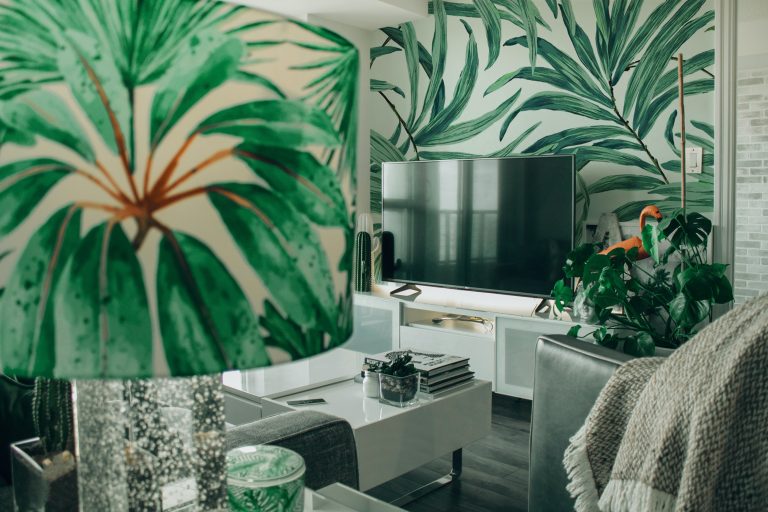The art of interior design constantly evolves, embracing new ideas, concepts, and philosophies. One such trend that has gained significant traction in recent years is biophilic design. Inspired by our innate desire to connect with nature, biophilic design incorporates elements from the natural world into our living spaces. From furniture choices to architectural design, this approach focuses on enhancing the human-nature connection to promote a sense of peace, calm, and wellbeing.
This article will share seven key ways you can bring biophilic design into your own home.
1. Consult A Designer Specializing In Biophilic Design
One of the first steps you can take in incorporating biophilic design into your home is to consult with an interior designer who specializes in this area. These professionals have a deep understanding of how to effectively utilize natural elements and integrate them seamlessly into your living spaces.
They can guide you through the selection of materials, colors, textures, and designs that resonate with the biophilic aesthetic and your personal style.
2. Incorporate Natural Light
Natural light is a significant element of biophilic design. Maximizing the amount of sunlight your home receives not only reduces energy consumption but also positively influences mood and productivity.
Consider investing in large, floor-to-ceiling windows, skylights, or translucent wall panels that flood your interiors with sunshine. If structural changes are not feasible, use strategically placed mirrors and light-reflecting surfaces to amplify the natural light in your space.
3. Introduce Plants And Greenery
Incorporating living greenery is perhaps the most direct way of bringing nature indoors.
Houseplants purify the air and provide visual calm, contributing to the overall wellbeing of occupants. Consider adding a variety of plants with different textures and shades of green for visual interest. You can also think beyond potted plants and explore options like living walls, indoor trees, or even herb gardens in your kitchen.
4. Use Natural Materials
Choosing furniture and decor made from natural materials is another powerful way to introduce biophilic design into your home. Wood, stone, rattan, bamboo, cotton, and wool are great options that add texture and create a warm, earthy ambiance.
These materials also typically have lower environmental impacts than synthetic alternatives, aligning with the biophilic principle of environmental sustainability.
5. Create Views To Nature
If you have the luxury of a scenic view, make it a focal point. Views of forests, gardens, mountains, or water bodies can contribute to a sense of serenity and connection to nature.
Where this isn’t possible, use artwork, wall murals, or screensavers that depict natural scenes. You could also use room dividers with nature-inspired patterns to add a sense of depth and visual interest to your space.
6. Incorporate Natural Patterns And Shapes
Biophilic design is not only about literal representations of nature, but also about evoking its essence through patterns and shapes. This approach, known as biomimicry, uses nature-inspired designs that can be incorporated in furniture, textiles, artwork, and even architectural elements. Think of honeycomb shelves, fern-inspired wallpapers, or a coffee table mimicking the irregular form of a river stone.
7. Incorporate Water Elements
Water is a calming, life-giving element of nature that can bring a sense of tranquility to any space. There are many ways to incorporate water into your interior design. A small indoor fountain or waterfall can provide the soothing sound of running water and serve as a stunning focal point.
If space allows, a small indoor pond or aquarium can add a dynamic, ever-changing element of nature to your home. Even simpler touches, like a decorative bowl of water with floating flowers or candles, can add a peaceful, natural ambiance.
In Conclusion
Incorporating biophilic design into your home is more than a trend; it’s a reflection of our inherent desire to be closer to nature. As we spend more time indoors, creating spaces that embody the tranquility and vitality of the natural world becomes increasingly important for our mental and physical wellbeing.

